Sainsbury's Business Studies: Analyzing Internal & External Factors
VerifiedAdded on 2023/06/15
|11
|558
|263
Report
AI Summary
This report provides a comprehensive analysis of Sainsbury's business, focusing on the internal and external factors that influence its operations. It begins with an introduction to business studies and Sainsbury's, highlighting its position as the second-largest supermarket chain in the UK. The analysis employs tools like PESTEL (Political, Economic, Social, Technological, Environmental, and Legal) to assess macro-environmental forces and SWOT (Strengths, Weaknesses, Opportunities, and Threats) to evaluate the company's strategic position. The report identifies key strengths such as organizational expansion and innovative promotional strategies, weaknesses including brand switching and low margins, opportunities for organizational growth and market creation, and threats like competition and e-commerce. The conclusion emphasizes the importance of understanding both internal and external factors for maintaining financial stability and operational efficiency within the organization.
1 out of 11
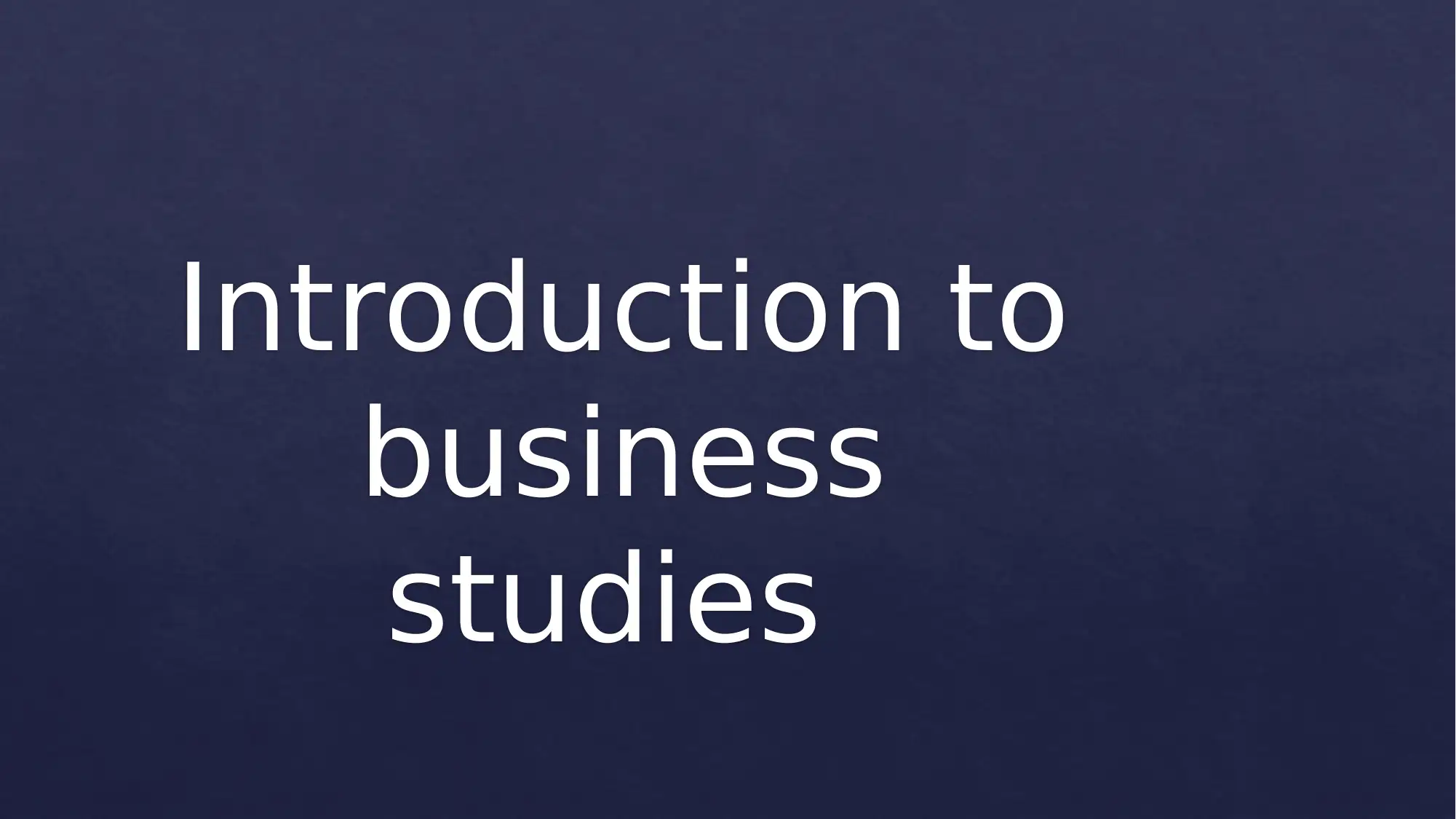
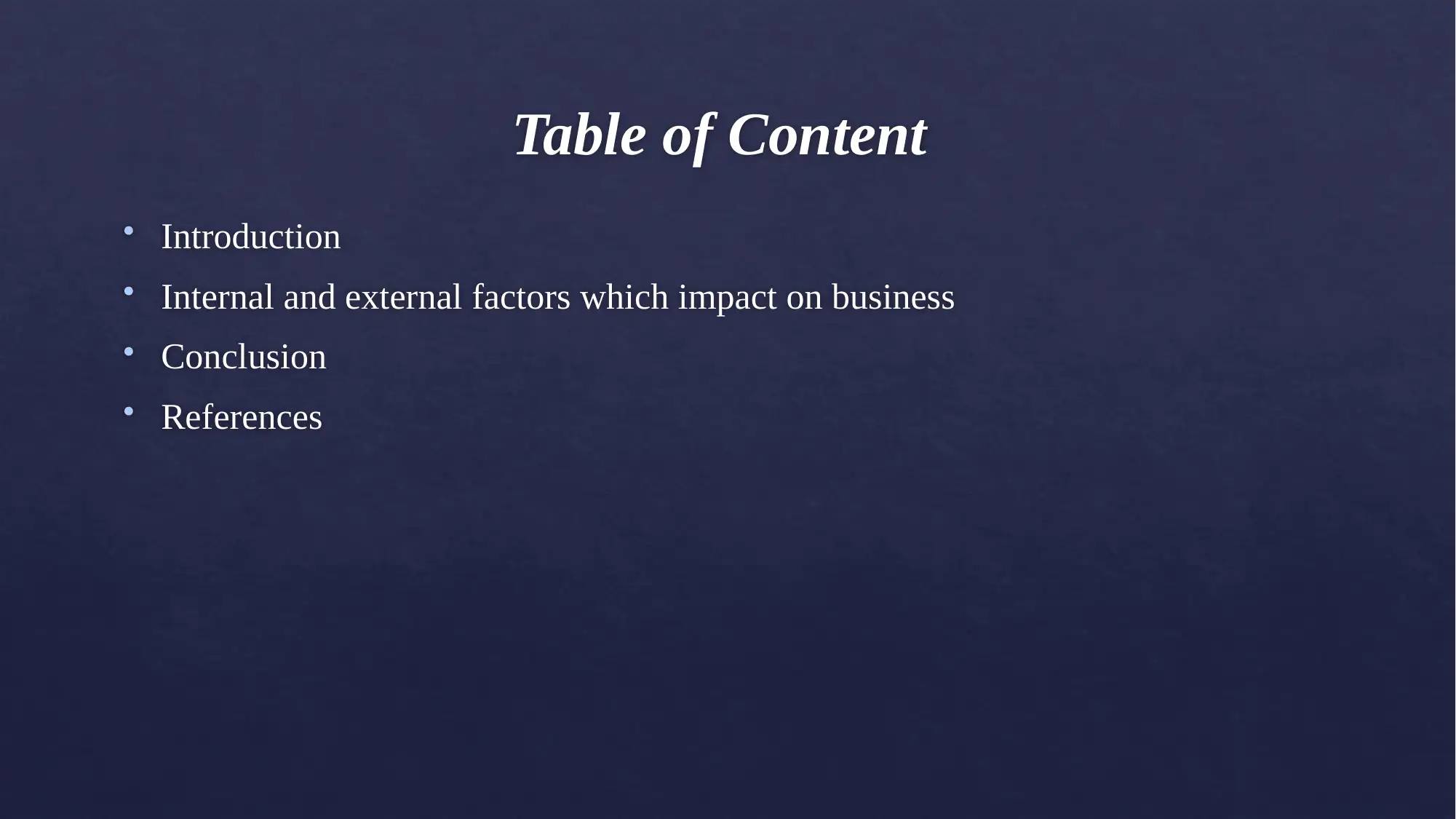
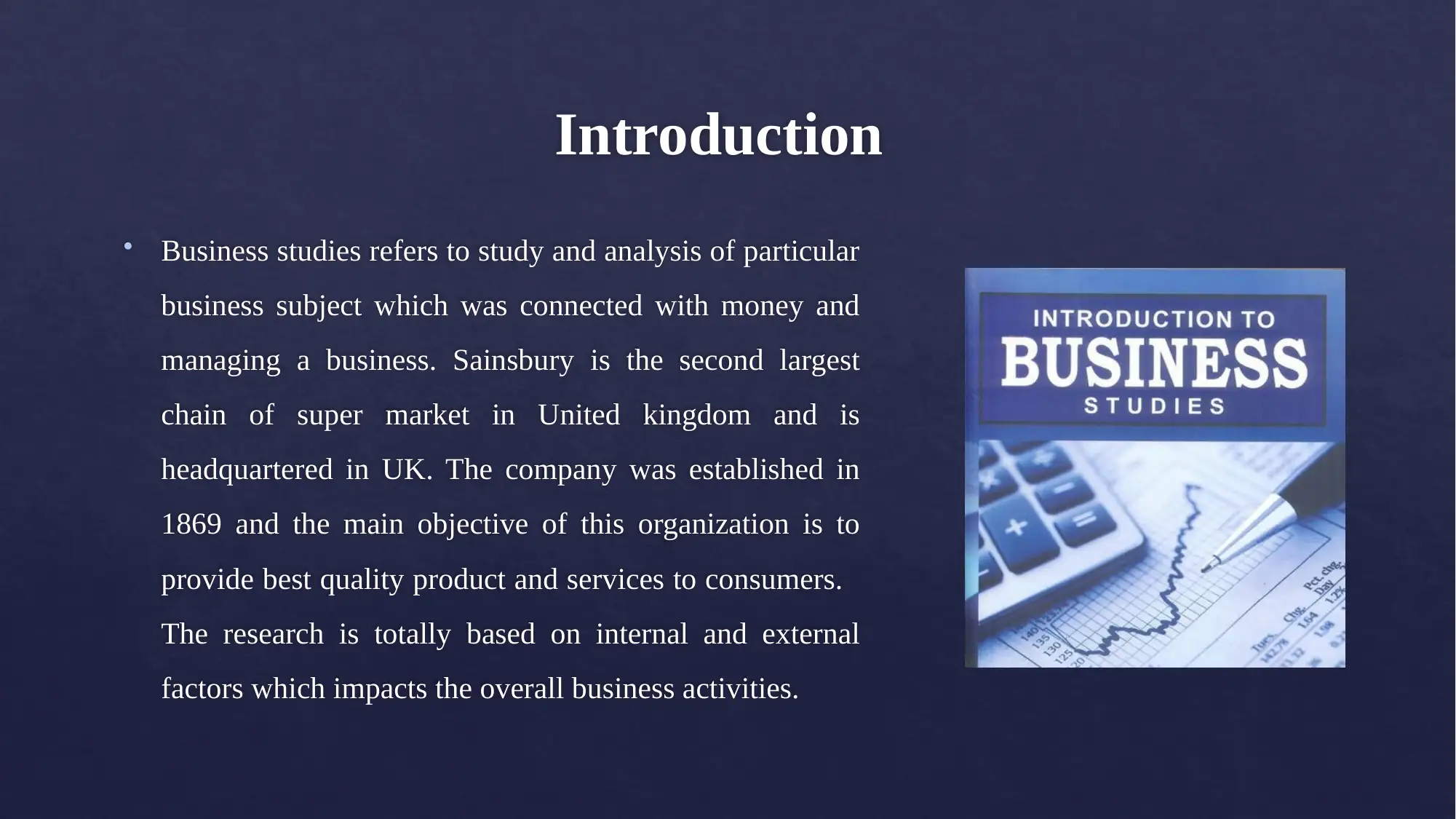

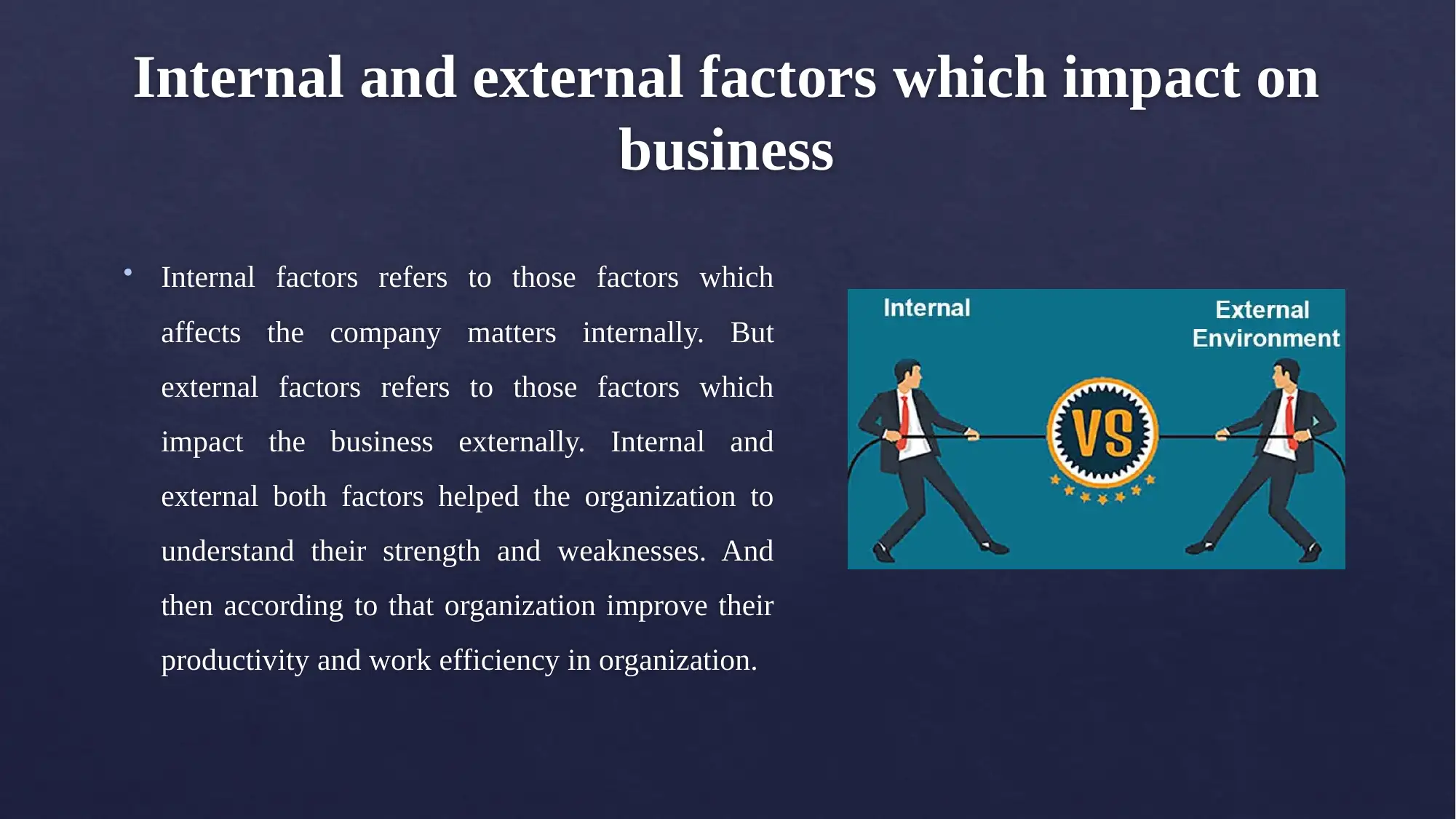
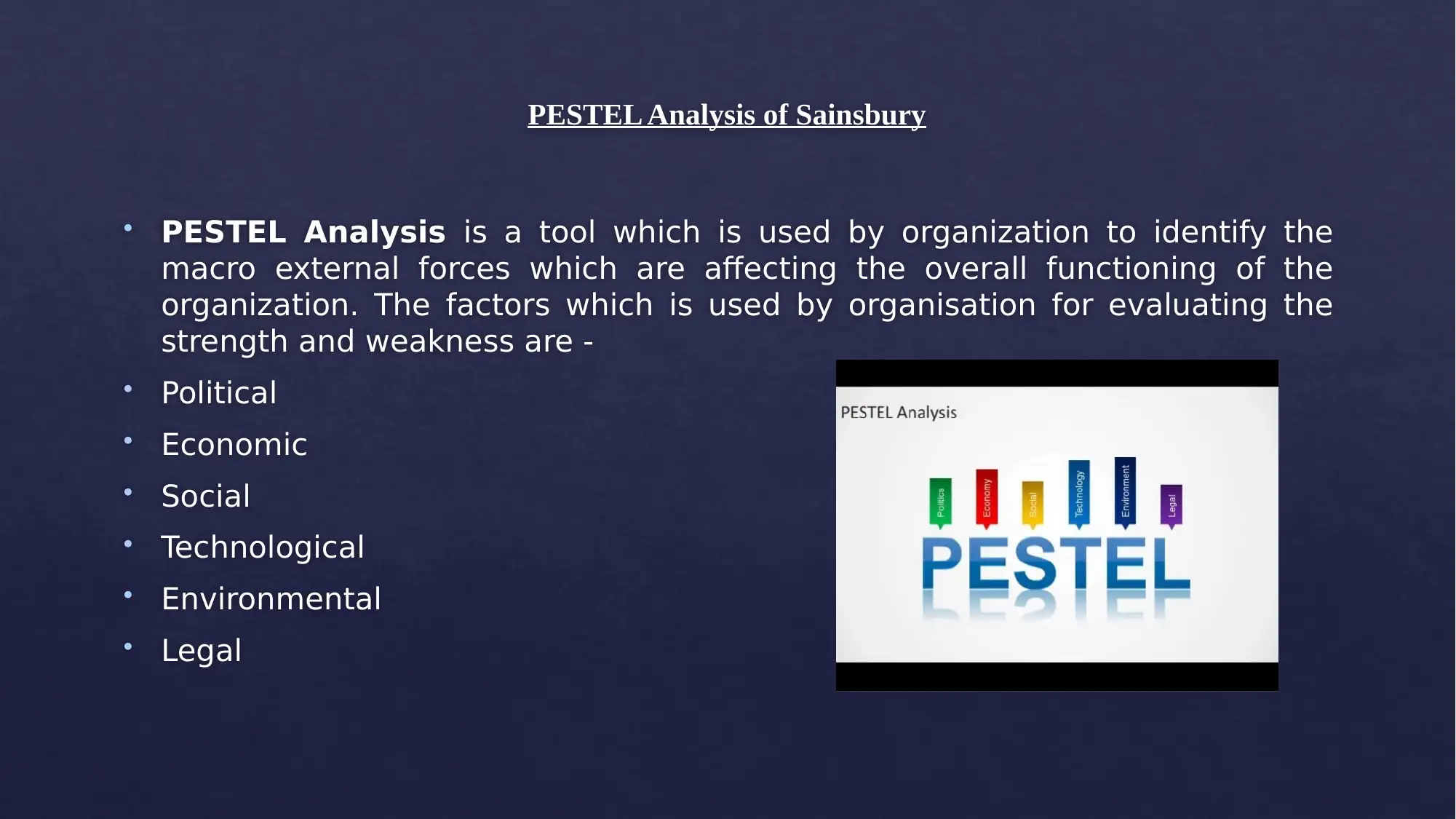
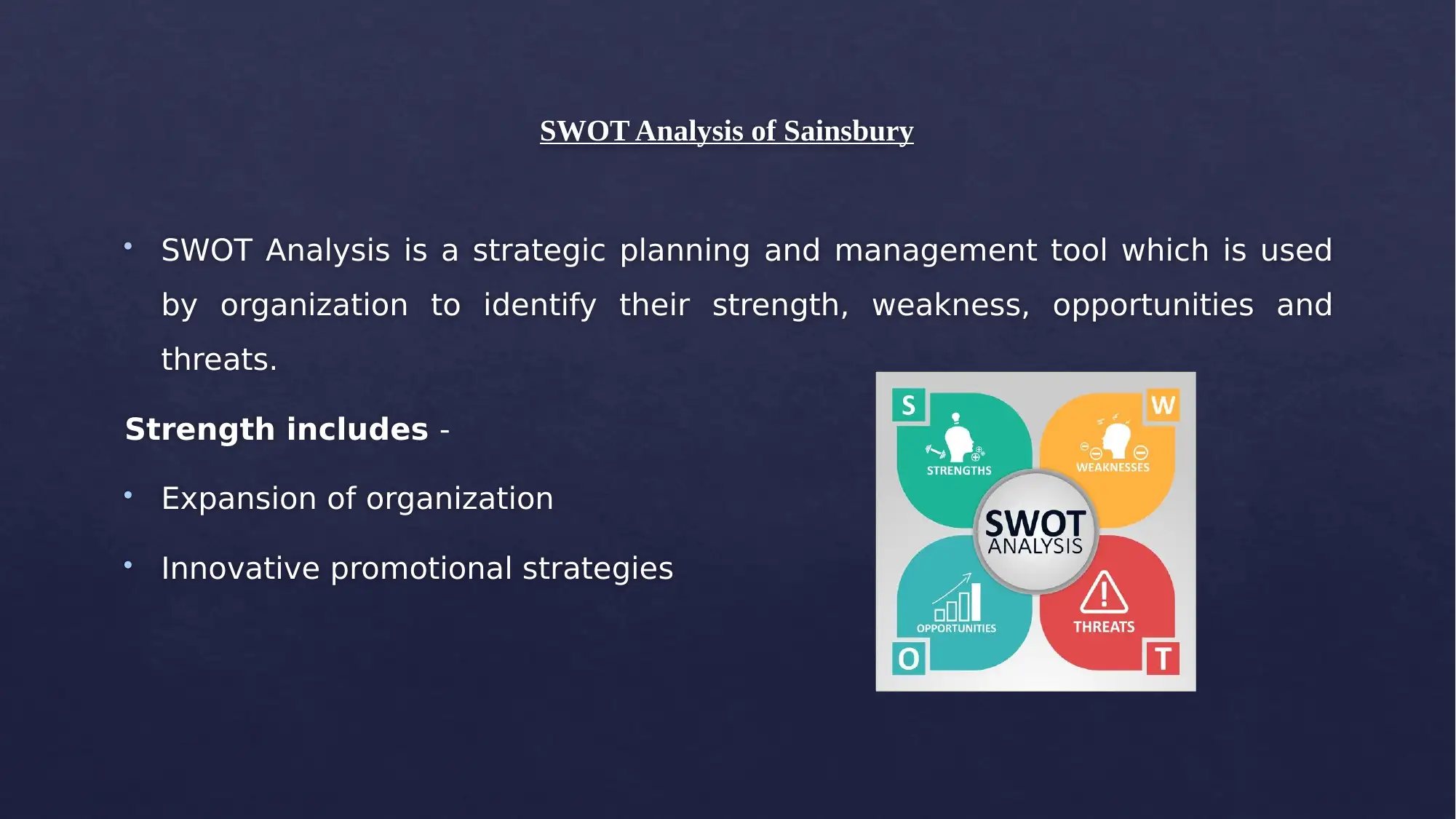
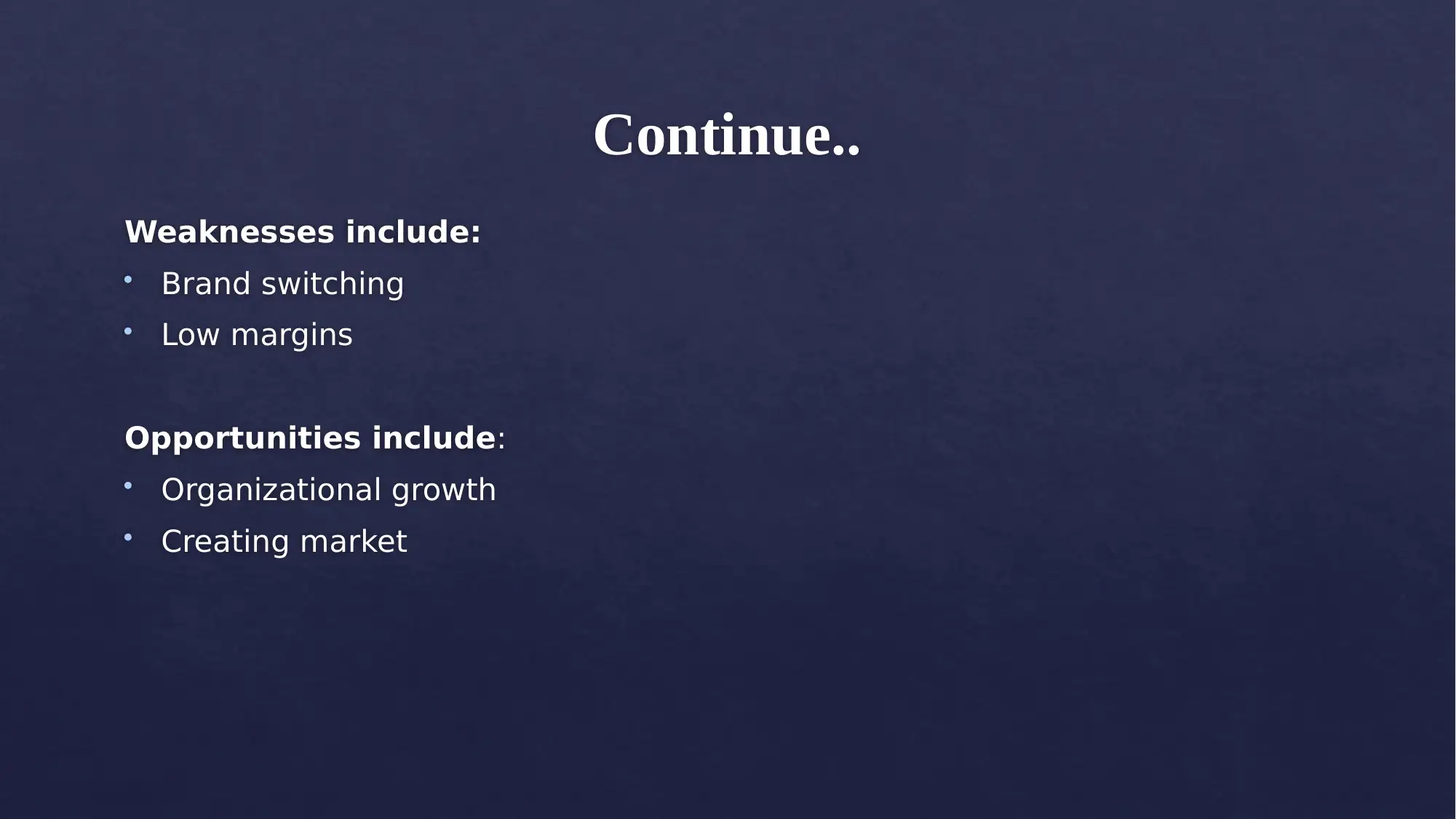
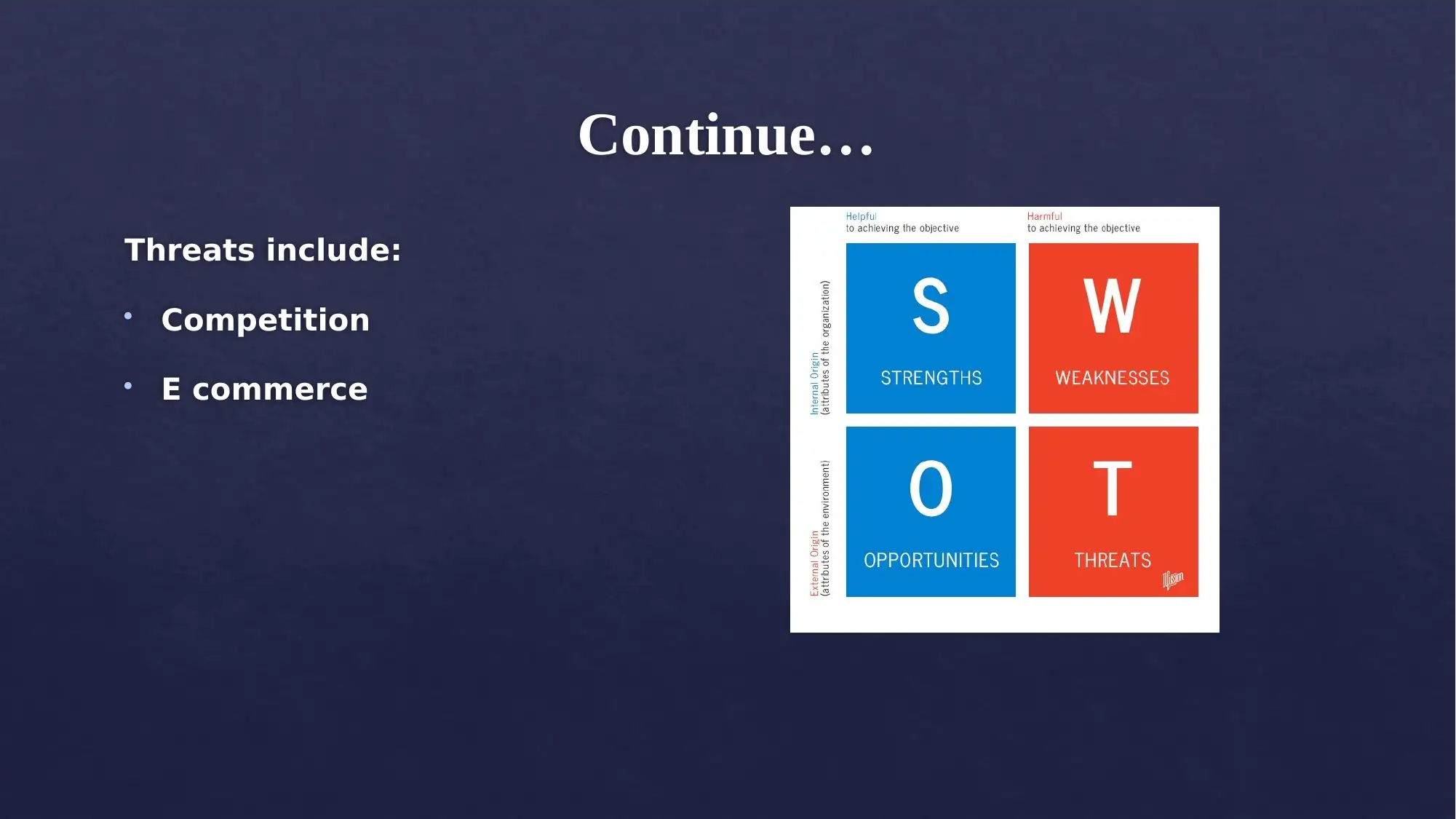
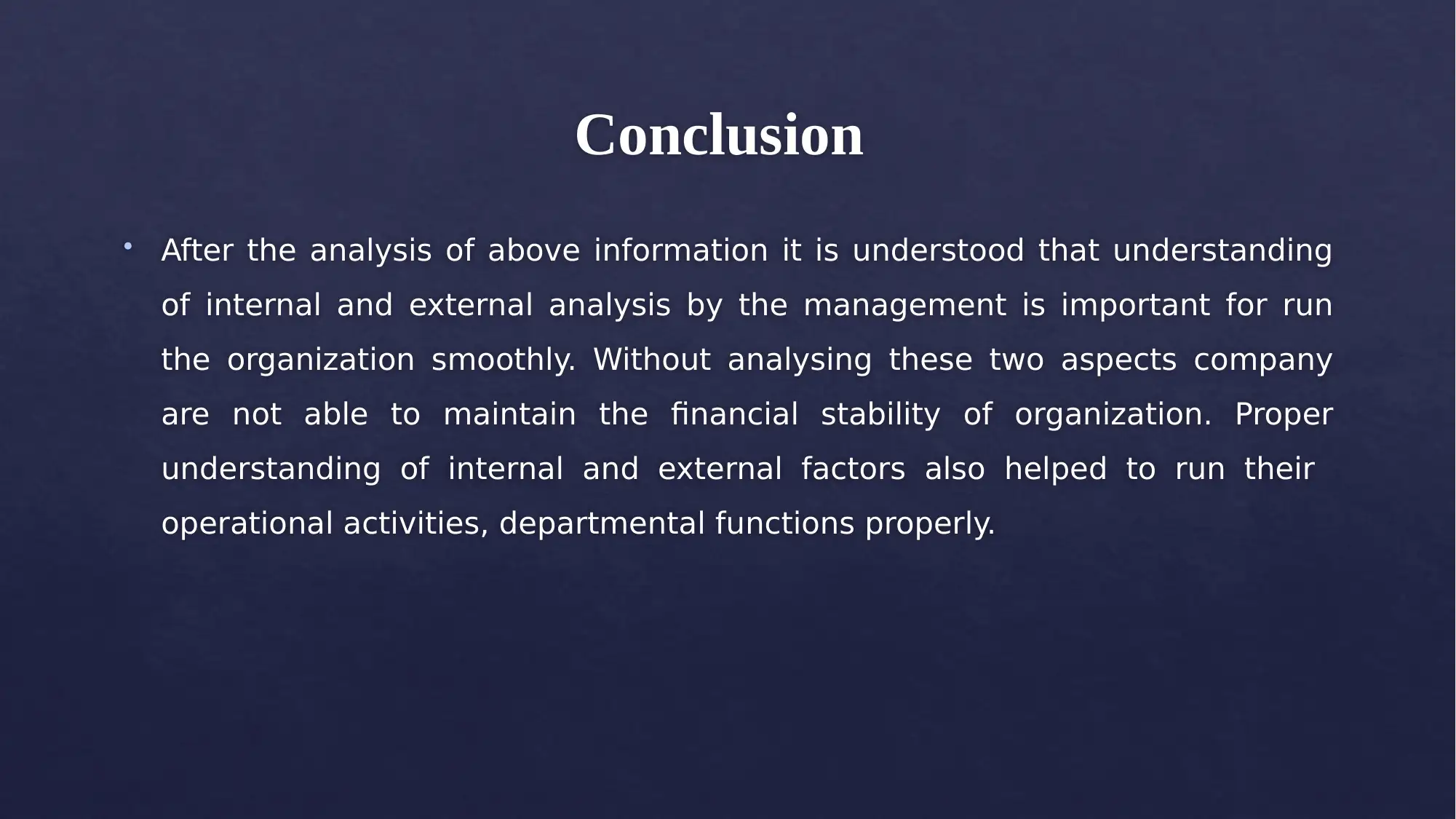
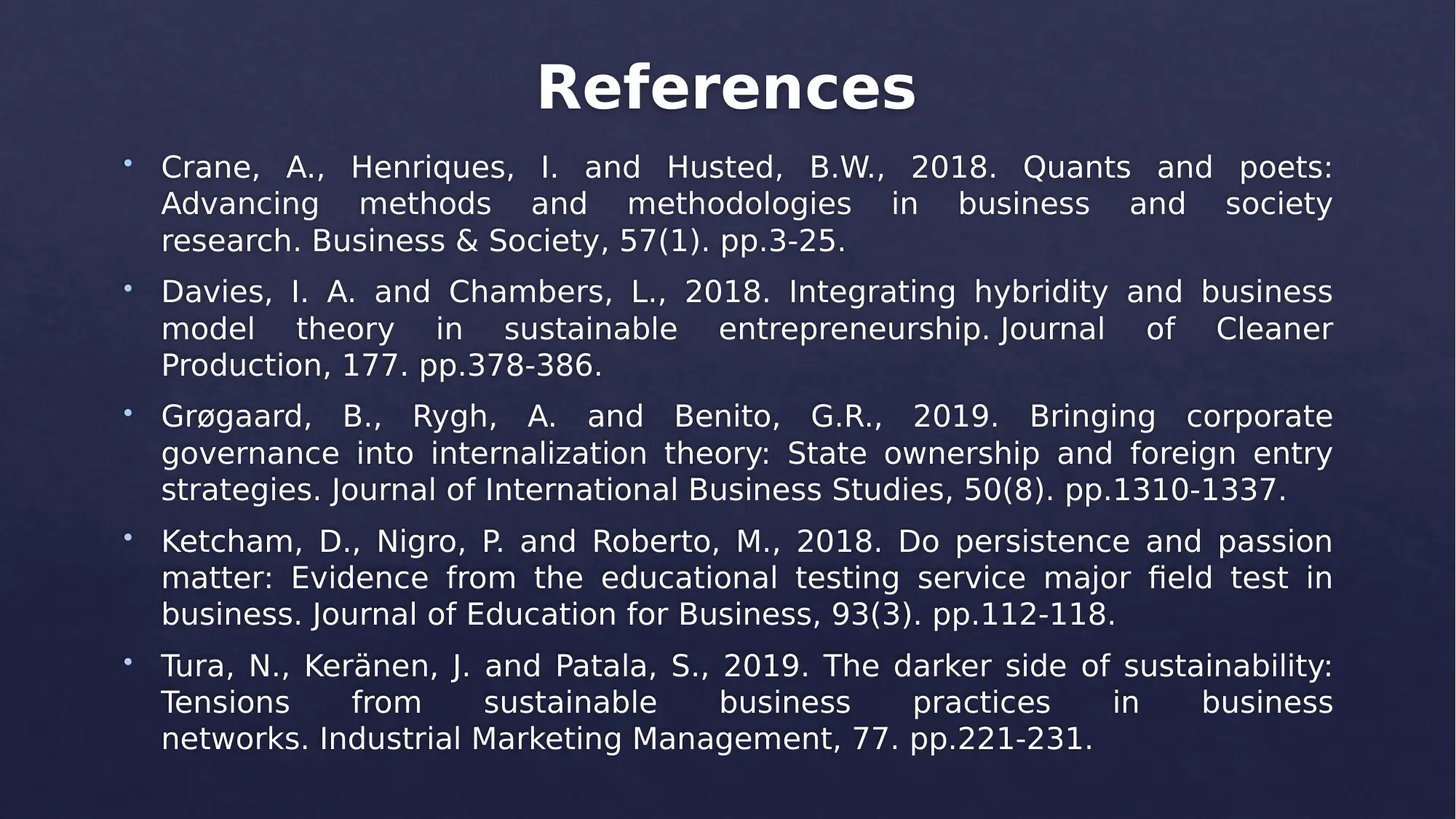





![[object Object]](/_next/static/media/star-bottom.7253800d.svg)